Typhoon Wipha and Typhoon Yagi: A terrifying coincidence revealed, why are there still typhoons during hot weather?

1 | 0 Discuss | Share
Before the storm could make landfall, netizens were stunned by a series of "awesome" storm prevention techniques: using excavators to press down on roofs, trucks as anchors, and foam boxes filled with water to suppress gusts of wind - incredibly creative.
When information about the possibility of storm Wipha making landfall in the North and North Central regions was released, people in coastal areas quickly went into "red alert mode". Not only were traditional storm prevention measures activated, but a series of "unexpected" storm prevention solutions also suddenly appeared and spread strongly on social networks. From using sandbags, water, to making use of... trucks, excavators or styrofoam boxes, people are not afraid to be extremely creative to protect their property and lives. Below is a series of unimaginable storm prevention measures that are causing a stir in the online community.
As Typhoon Wipha approached, coastal residents immediately pulled out sandbags to fight back. Small bags were filled with sand and placed on roofs, especially at places like the eaves and the joints between corrugated iron sheets where the wind often strikes first. This measure, although old, is highly effective, helping to stabilize corrugated iron roofs that are easily blown away by strong, continuous gusts of wind.
A storm-proofing tip that surprised netizens was to use a large nylon bag filled with water and place it on the roof. Mr. Tuan Ly (Hai Phong) shared that although it sounds "amateurish", this method has helped his house's metal roof to stand firm through many fierce storms.
Water bags weighing up to tens of kilograms are placed evenly, creating pressure to keep the corrugated iron firmly attached to the frame. This is an economical way to make use of available materials - especially popular in rural areas.
Not stopping at water bags, many people are more creative by using foam boxes to store water and place them on the roof. Mr. Duc Bang (Ninh Binh) - a seafood trader said that his house has a series of 20kg foam boxes, which are extremely effective in keeping the roof.
Styrofoam boxes are not only heavy but also sturdy and leak-proof better than nylon bags. In particular, with flat or corrugated roofs, stacking boxes on the roof is much simpler and safer.
Mr. Xuan Thang (Quang Ninh) made netizens admire when sharing a video of storm protection using a specialized iron bar system. He used two long iron bars, fixed along the roof with screws on the corrugated iron roof, combined with cables and turnbuckles to create pressure to press the corrugated iron roof down.
According to Mr. Thang, this method is not only more durable than water bags or sandbags, but also minimizes risks when strong winds blow, preventing heavy objects from flying onto the road and causing accidents.
One of the most unusual storm-prevention tricks is from Mr. Hung (Co To, Quang Ninh). In the video that went viral, Mr. Hung drives a mini excavator, gently placing a bucket weighing hundreds of kilograms on a corrugated iron roof to keep it from flying away.
The solution is somewhat humorous but surprisingly practical. There was a debate online: some praised the creativity, others worried about the danger. But above all, it is a testament to the spirit of "using what is available" in times of emergency.
A household in Hai Phong attracted attention when it used ropes to secure its corrugated iron roof to a truck weighing tens of tons. The truck acted as a "living anchor", keeping the roof from flying up when the storm winds blew. Although it has never been mentioned in a construction engineering textbook, its effectiveness in storm protection is hard to deny.
In many street-front houses, people do not hesitate to put diagonal tape on the glass, insert tires into the windows, or use wood to reinforce the main door. As for cars, measures to protect against rain and wind are also popular: covering with tarps, tying with ropes, stuffing with anti-scratch foam - all to "keep the car, keep the house".
Typhoon Wipha is not the strongest storm to ever hit Vietnam, but its strong winds and heavy rains still pose a great risk. The rapid sharing of a wide range of preventive measures, from traditional to modern, shows the people’s readiness and flexibility in the face of natural disasters. These unique anti-storm initiatives not only demonstrate creativity but also reflect a proactive spirit, solidarity, and determination to protect property and lives from severe natural disasters.
Cruise ship capsized in Ha Long: before sinking, there was this unexpected incident 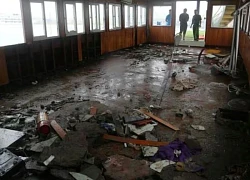 Bảo Yến21:50:43 21/07/2025Regarding the capsize of the Green Bay 58 ship on July 20, Colonel Hoang Van Thuyet, Quang Ninh province, said that a sudden storm accompanied by hail and strong winds, causing limited visibility, was the cause of the ship capsize.
Bảo Yến21:50:43 21/07/2025Regarding the capsize of the Green Bay 58 ship on July 20, Colonel Hoang Van Thuyet, Quang Ninh province, said that a sudden storm accompanied by hail and strong winds, causing limited visibility, was the cause of the ship capsize.

1 | 0 Discuss | Share
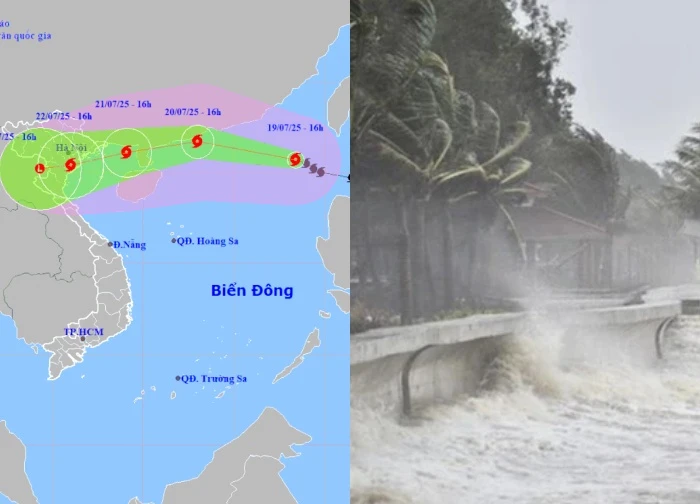
1 | 0 Discuss | Share

4 | 0 Discuss | Share

4 | 0 Discuss | Share
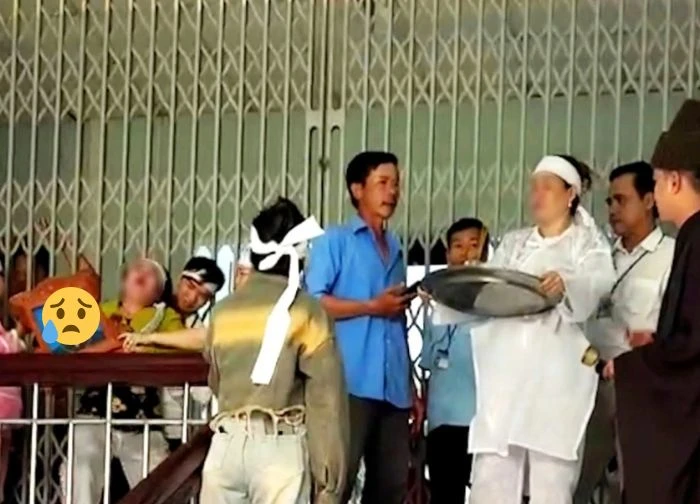
2 | 0 Discuss | Share

1 | 0 Discuss | Share

2 | 0 Discuss | Share

3 | 0 Discuss | Share

5 | 0 Discuss | Share
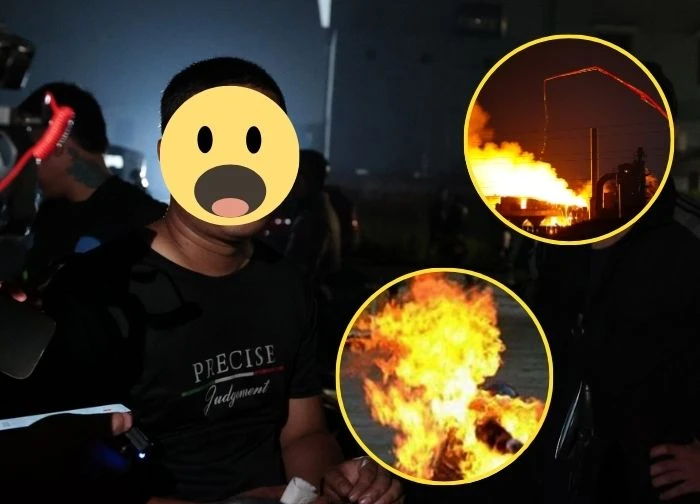
5 | 0 Discuss | Share

3 | 0 Discuss | Share

3 | 0 Discuss | Share
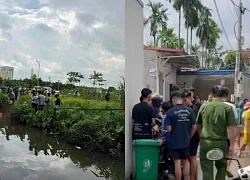





3 | 0 Discuss | Report